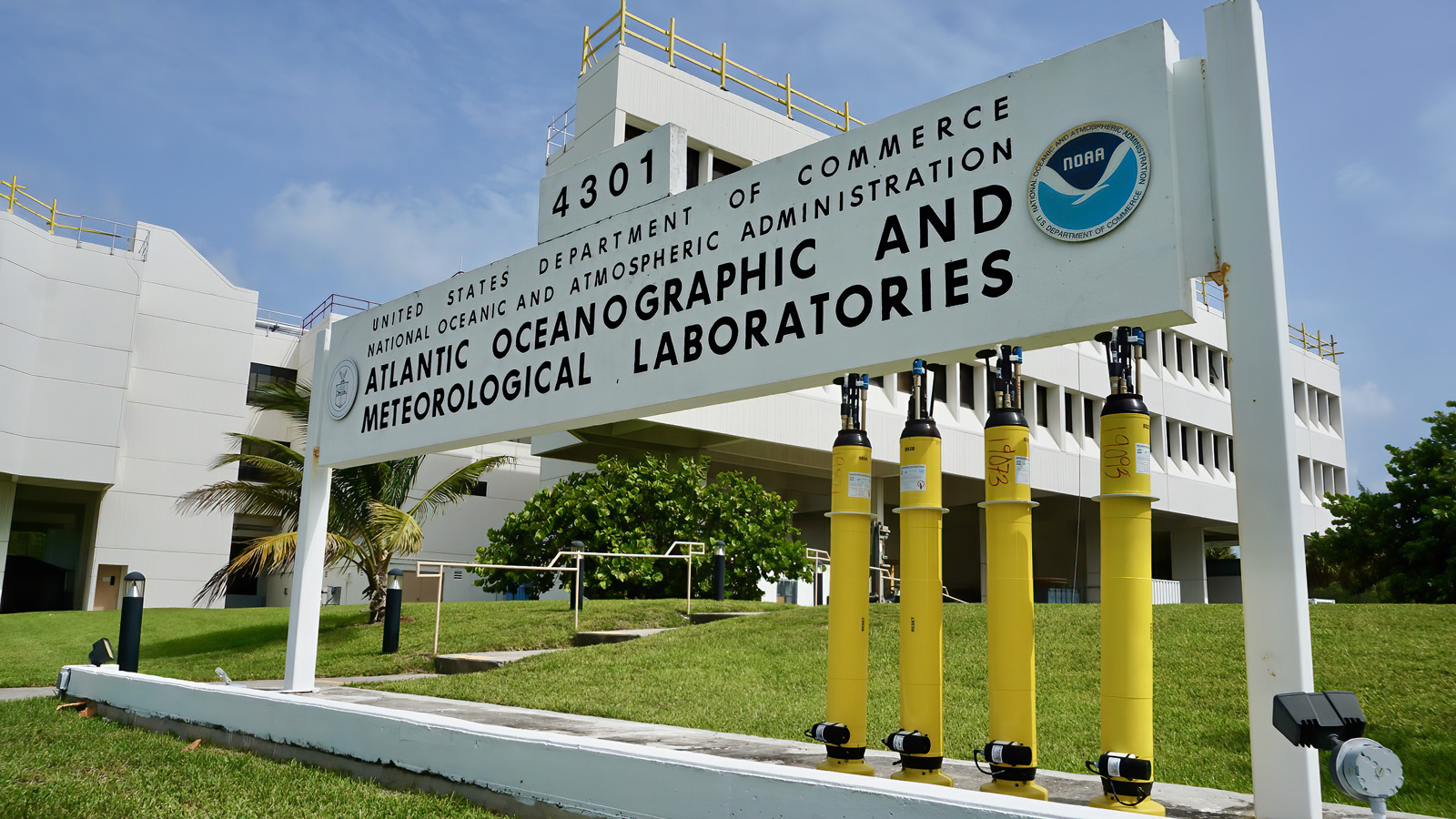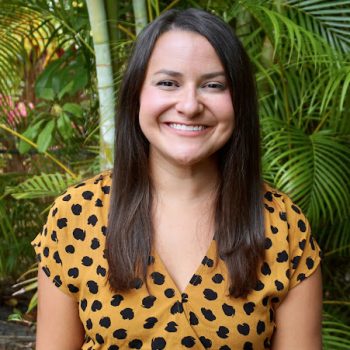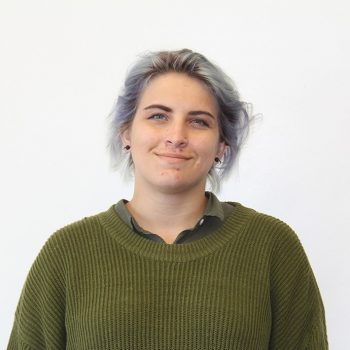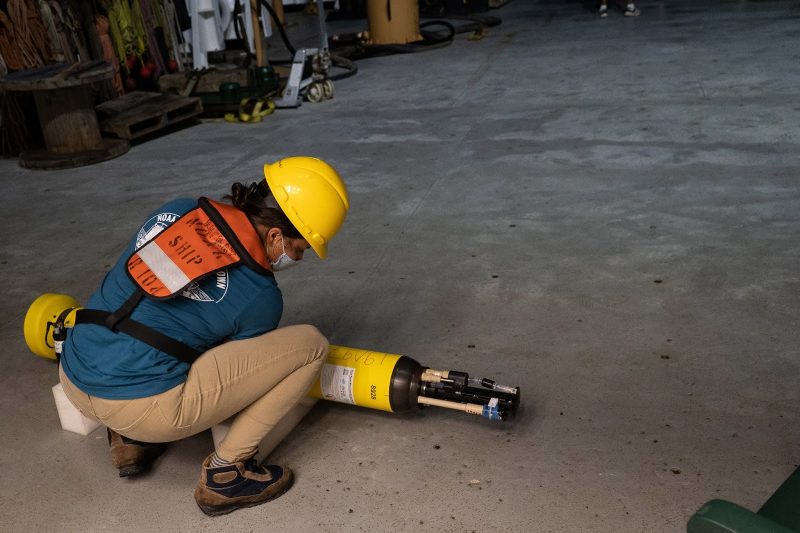Biogeochemical-Argo Program
Using autonomous floats to observe biogeochemical processes of the ocean
SCROLL TO LEARN MORE
What We Do
AOML’s Biogeochemical-Argo Program is using robotic ocean floats to collect unparalleled observations across the open Gulf of America, a previously under-observed region. The Biogeochemical-Argo floats have a network of sensors that scientists are using to perform cutting-edge research, filling data gaps and addressing previously unanswered questions about ocean conditions and marine phenomena.
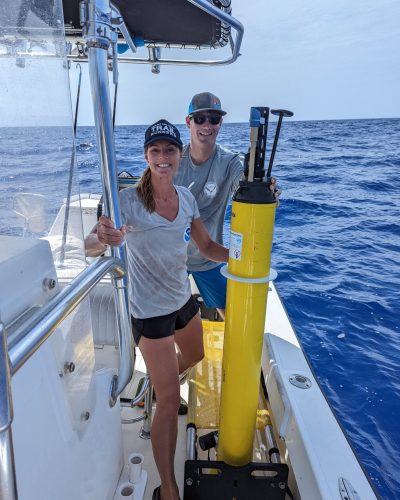
Who We Are
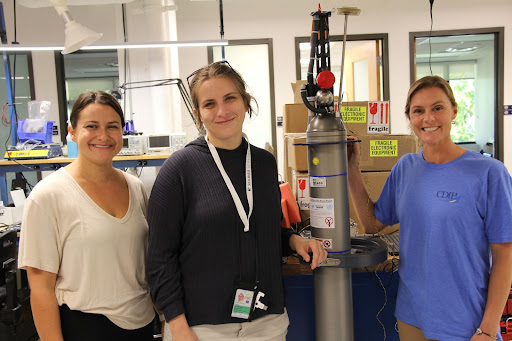
Read More News
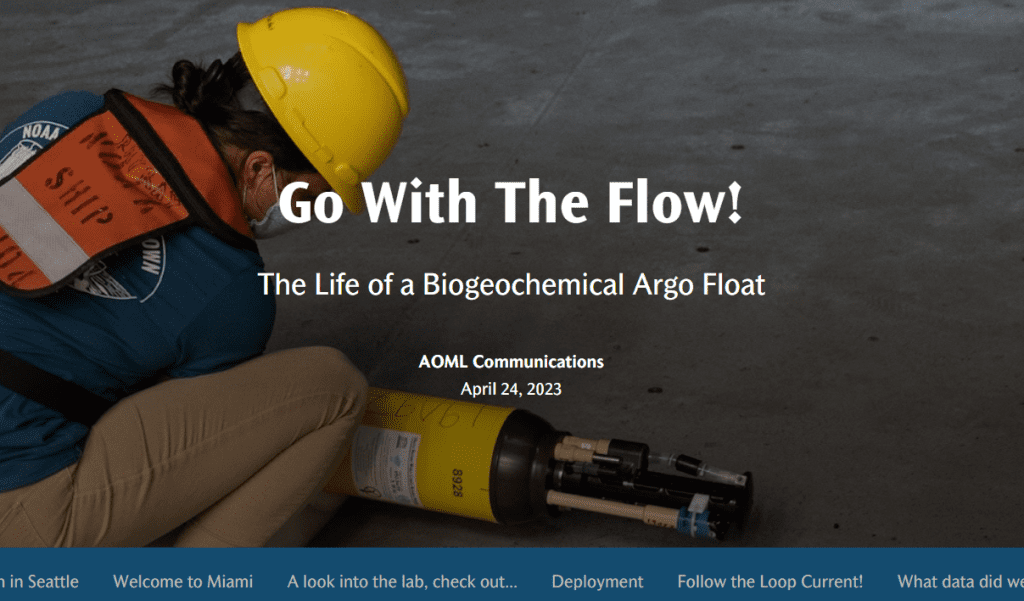
Research Impacts & Key Findings
What makes this work important?
Argo floats provide an unprecedented freely available quality-controlled dataset for climate change research and ocean monitoring. Argo floats are battery powered and operate autonomously for an average of 4-5 years after deployment, vastly increasing the spatial and temporal coverage of global open ocean observations, previously only delivered by ships. While ship-based observations remain critical to collecting the highest-quality ocean observations, autonomous technologies have alleviated our reliance on ships and their associated carbon emissions. Argo float data has the potential to be used to validate biogeochemical models and to serve as a data source for assimilation into ocean models on regional to global scales. Forecasts generated by these real-time, data informed models have the potential to serve marine resource managers of fisheries, protected species, and coral reef ecosystems as well as researchers, by providing environmental data to understand links with dynamics like distribution, recruitment, catch, and disease.
Why Are We Interested in These Variables?
Click the icons to learn more
Oxygen is required by most living organisms. Oxygen data collection is extremely important in an ecosystem such as the Gulf of America with abundant nutrients and runoff from the Mississippi River. These excess nutrients and pollutants can create areas lacking sufficient oxygen levels (dead zones, or hypoxic zones) which can be deadly for certain species.
Nitrate is a nutrient that is necessary for photosynthesis and primary production in the ocean. Too much nitrate can be harmful to marine life.
The collection of pH data informs the acidity of the ocean. With the surface ocean absorbing nearly one third of human-released CO2, the ocean has become more acidic since the industrial revolution. Ocean acidification impacts carbonate ions that form shells, certain algae, and hard corals.
Chlorophyll is a pigment in primary producers that can be detected to understand concentrations at the base of the food web.
Ocean particulates are also measured through the bio-optical sensor containing Chlorophyll a, particulate organic matter and zooplankton. These measurements can aid in food web dynamics on multiple trophic levels.
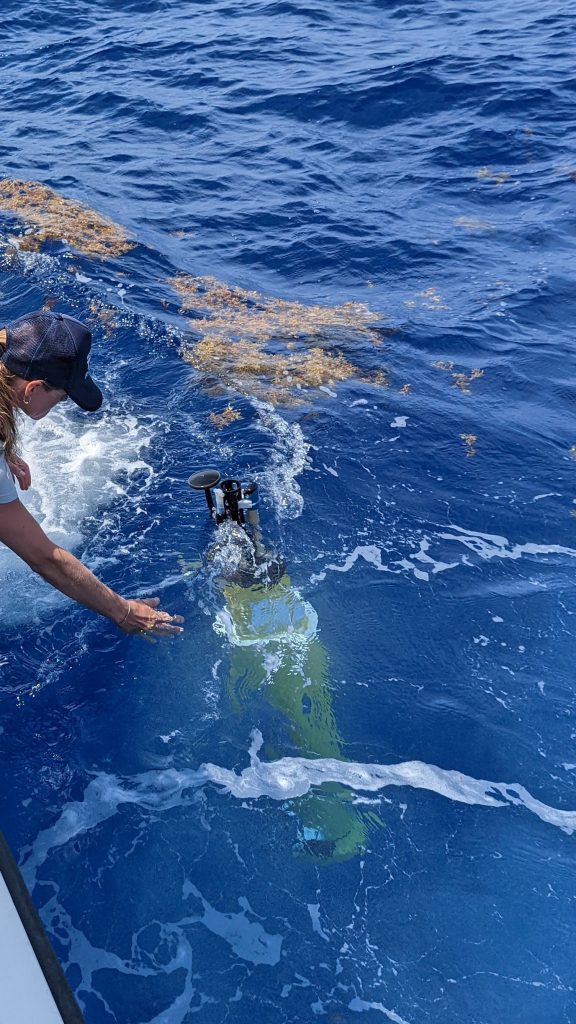
Key Accomplishments
Tested the first AOML in-house tests of four new Apex BGC-Argo floats in August 2020
Launched four Apex BGC-Argo floats in the Gulf of America in Fall of 2020
Recovered a drifting Apex BGC-Argo float near the shallow Florida Straits Region to re-deploy in the deep Gulf of America in June 2021
Rapid cycled (12-hour cycles) two Apex BGC-Argo floats in the wake of Hurricane Ian that passed over the Gulf in October 2021
Hit 100 profiles for the Gulf of America Array in October 2021
Publications
Feature Publication:
Osborne, E., Xu, Y. Y., Soden, M., McWhorter, J., Barbero, L., & Wanninkhof, R. (2024). A neural network algorithm for quantifying seawater pH using Biogeochemical-Argo floats in the open Gulf of America. Frontiers in Marine Science, 11, 1468909. https://doi.org/10.3389/fmars.2024.1468909
Roemmich, D., L. Talley, N. Zilberman, E. Osborne, K.S. Johnson, L. Barbero, H.C. Bittig, N. Briggs, A.J. Fassbender, G.C. Johnson, B.A. King, E. McDonagh, S. Purkey, S. Riser, T. Suga, Y. Takeshita, V. Thierry, and S. Wijffels. 2021. The technological, scientific, and sociological revolution of global subsurface ocean observing. Pp. 2–8 in Frontiers in Ocean Observing: Documenting Ecosystems, Understanding Environmental Changes, Forecasting Hazards. E.S. Kappel, S.K. Juniper, S. Seeyave, E. Smith, and M. Visbeck, eds, A Supplement to Oceanography 34(4), https://doi.org/10.5670/oceanog.2021.supplement.02-02.
BGC Argo Data Access and Visualization
All Argo data are distributed through the Argo Global Data Assembly Centers (Coriolis, USGODAE) in NetCDF format.
Argovis is a tool that allows new users to visualize basic float locations and data via API
EuroArgo Selection Tool allows users to click on individual floats or make regional selections in an interactive map space and to download selected data in csv, Argo netCDT, or Copernicus netCDF format. (Map components built with leaflet https://leafletjs.com/)
OceanOPS Dashboard allows users to visualize the current global ocean Argo arrays by mission, program, transmission system, sensor etc and generate performance maps.
Tutorials and scripts can be found on the getting started with GO-BGC page. Toolboxes are available in MATLAB, python, and R.
Partners
The establishment of AOML’s BGC Argo Program would not have been possible without the support from our valuable partners.
International Argo Organization
NOAA’s Global Ocean Monitoring and Observing Program
University of Washington Float Lab and Monterey Bay Aquarium Research Institute Argo Group.
The Southern Ocean Carbon and Climate Observations and Modeling and Global Ocean Biogeochemistry Array Projects funded by the National Science Foundation.
